AAM vs UAM: What’s the difference?
In recent years, the landscape of transportation has been undergoing a transformative shift, particularly in the realm of air mobility. Concepts like Advanced Air Mobility (AAM) and Urban Air Mobility (UAM) are becoming increasingly common parlance, but what exactly do these terms mean, and how do they differ?
What is the meaning of air mobility?
Before diving into the distinctions between AAM and UAM, it’s essential to grasp the broader concept of air mobility. Simply put, air mobility refers to the ability to move people or goods by air. Traditionally, this has been dominated by commercial airlines and helicopters. However, advancements in technology have paved the way for more diverse and innovative forms of air transportation.
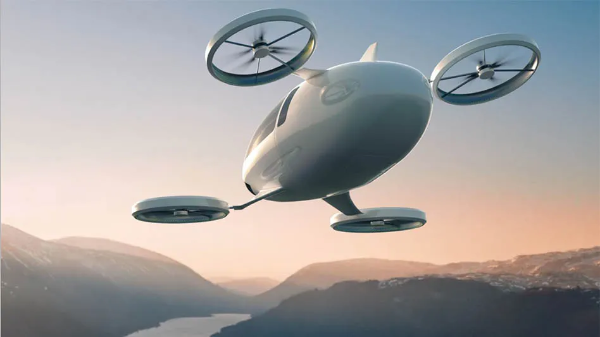
What is the concept of advanced air mobility?
Advanced Air Mobility encompasses an air transportation system that conveys individuals and goods between locations using various aircraft types, including remotely piloted, autonomous, or vertical take-off and landing aircraft. The objective of AAM is to integrate Unmanned Aerial Systems (UAS) and sustainable aircraft such as electric Vertical Take Off and Landing (eVTOLs) into the airspace of nations worldwide. This necessitates the establishment of physical infrastructure such as vertiports, along with the advancement of digital infrastructure facilitating highly automated operations, notably UAS Traffic Management (UTM).
What is the purpose of the AAM?
AAM serves as a comprehensive term encompassing both Urban Air Mobility (UAM), which focuses on transporting individuals and cargo above city traffic, and Regional Air Mobility (RAM), which concentrates on connecting suburban, rural, and remote communities, including those separated by geographic barriers like mountains and rivers. AAM aims to revolutionize urban mobility by utilizing autonomous or piloted eVTOL aircraft to alleviate traffic congestion, reduce emissions, and provide faster transportation options. These aircraft typically feature electric propulsion systems, which are quieter, more environmentally friendly, and potentially more cost-effective than conventional combustion engines.
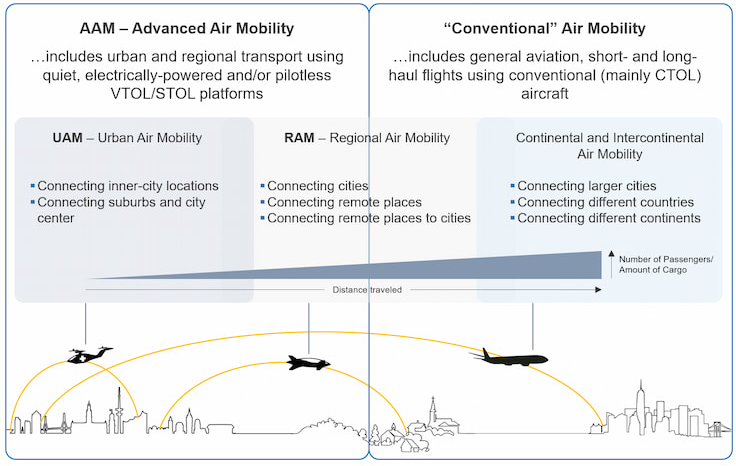
What is the difference between AAM and eVTOL?
AAM refers to the next evolution of air transportation, primarily focused on the use of eVTOL aircraft, commonly known as drones or air taxis. While AAM encompasses a broad range of technologies, eVTOL aircraft are a key component of this ecosystem. EVTOLs are designed to take off and land vertically, making them well-suited for urban environments where space is limited. However, AAM encompasses more than just eVTOLs, including traditional fixed-wing aircraft, drones, and hybrid air vehicles.
What is the meaning of urban air mobility?
Urban Air Mobility (UAM) encompasses the utilization of small, highly automated aircraft to transport passengers or cargo at lower altitudes within urban and suburban regions, primarily devised to address traffic congestion. It typically encompasses existing and emerging technologies such as traditional helicopters,VTOL, eVTOL, and UAVs. UAM is a component of the broader AAM concept, which encompasses various applications beyond intracity passenger transportation. According to NASA, Advanced Air Mobility incorporates small drones, electric aircraft, automated air traffic management, and other technologies for diverse missions including cargo and logistics.
What is urban air mobility EASA?
The European Union Aviation Safety Agency (EASA) is the regulatory body responsible for ensuring the safety of civil aviation in Europe. When it comes to Urban Air Mobility, EASA plays a crucial role in developing regulations and standards to govern the operation of these new types of aircraft within urban environments. EASA's involvement in UAM typically involves establishing certification requirements for the aircraft themselves, as well as regulations for their operation, airspace integration, and safety standards to ensure that these aircraft can operate safely alongside traditional manned aircraft and within populated areas.
What is the urban air mobility market potential?
The market potential for UAM is substantial, with estimates suggesting that it could become a trillion-dollar industry in the coming decades. As urban populations continue to grow, the demand for efficient transportation solutions will only increase, making UAM an attractive prospect for investors and stakeholders alike. According to Data Bridge Market Research, the urban air mobility market size is valued at USD 26,150.23 million by 2028 and is expected to grow at a compound annual growth rate of 13.50% over the forecast period of 2021 to 2028.

AAM vs. UAM: What's the difference?
AAM and UAM both refer to the concept of using autonomous or semi-autonomous aircraft for transportation purposes, typically within urban or densely populated areas. The primary difference between AAM and UAM lies in their scope and focus:
◆AAM: Autonomous Aerial Mobility generally refers to the broader concept of using autonomous aircraft for various purposes, including transportation, logistics, surveillance, and more. It encompasses both urban and non-urban areas, including rural regions, industrial sites, and beyond. AAM is a more general term that can encompass a wide range of applications beyond urban environments.
◆UAM: Urban Air Mobility specifically focuses on the use of autonomous or semi-autonomous aircraft for transportation within urban or metropolitan areas. It often involves the use of electric vertical takeoff and landing (eVTOL) aircraft, drones, or other aerial vehicles to alleviate traffic congestion, provide faster transportation options, and improve overall urban mobility.
Conclusion
In conclusion, while AAM and UAM may seem like interchangeable terms at first glance, they represent distinct facets of the evolving air mobility landscape. By embracing innovation and collaboration, these concepts have the potential to reshape the way we think about transportation, ushering in a new era of mobility that is faster, safer, and more sustainable. As aglobal leader in lithium-ion battery cell manufacturing, Grepow offers professional customization solutions for high discharge rate and high energy density drone battery packs with intelligent Battery Management Systems(BMS) for eVTOL applications, catering to your specific application requirements. If you have any questions or needs, please feel free to contact us at info@grepow.com.
Related Articles:
Next-Generation eVTOL Battery Technology
eVTOL Battery vs EV Battery: What’s the Difference?
What Is An eVTOL And How To Choose Batteries For It?
UAV Drone vs. FPV Drone: What's the Difference?
Related Articles
-
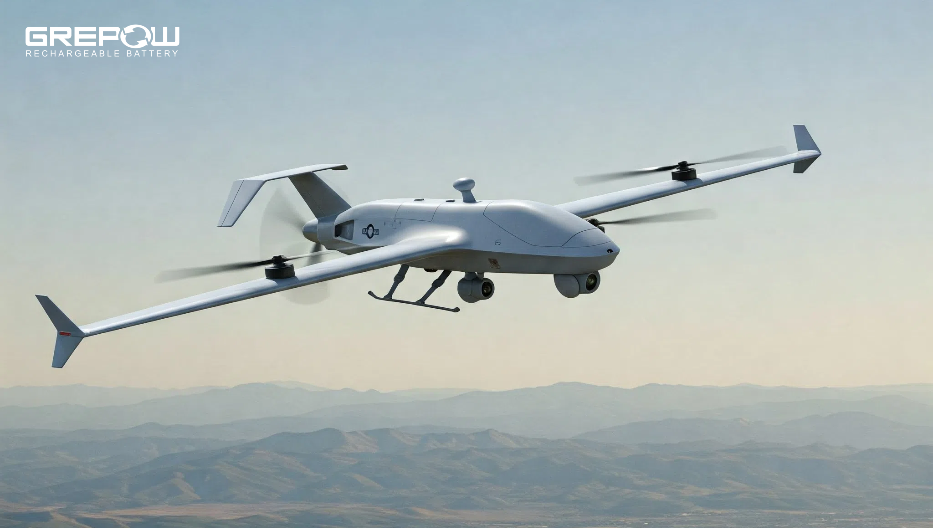
What Is a Long Endurance Drone?
2025-04-16 -
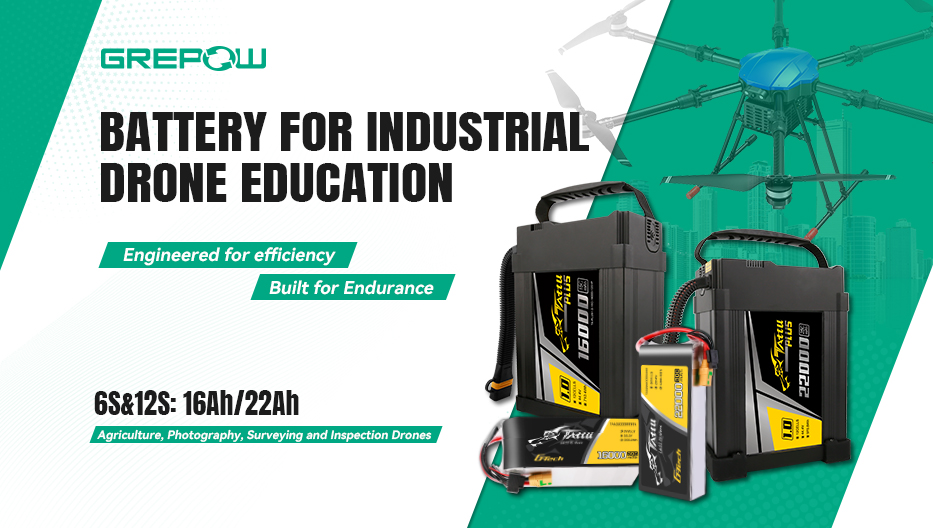
Empowering Drone Training with Grepow’s Tailored Battery Solutions
2025-04-15 -

Four Specialized Lithium-Ion Battery Types Basis
2025-04-10
Related products
-
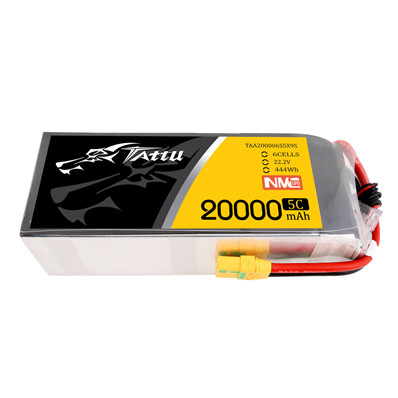
20000mAh 22.2V 6S Semi-Solid State Battery Pack
-
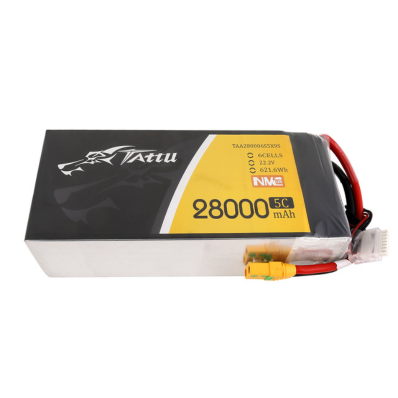
28000mAh 22.2V 6S Semi-Solid State Battery Pack
-
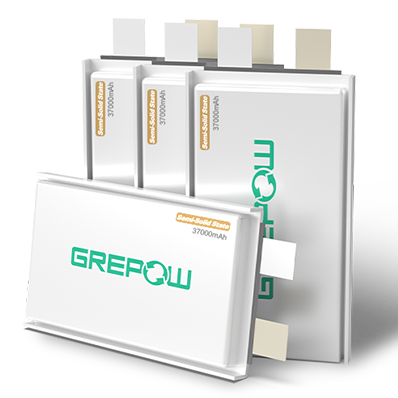
37000mAh Semi-Solid State High Energy Density Battery
-
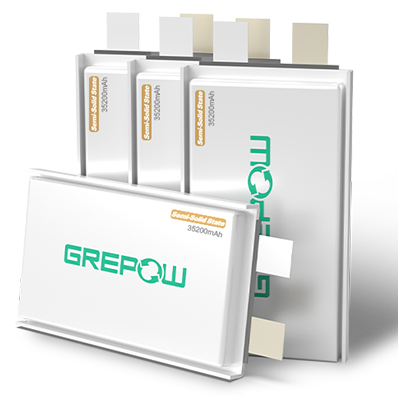
35200mAh Semi-Solid State High Energy Density Battery

















































